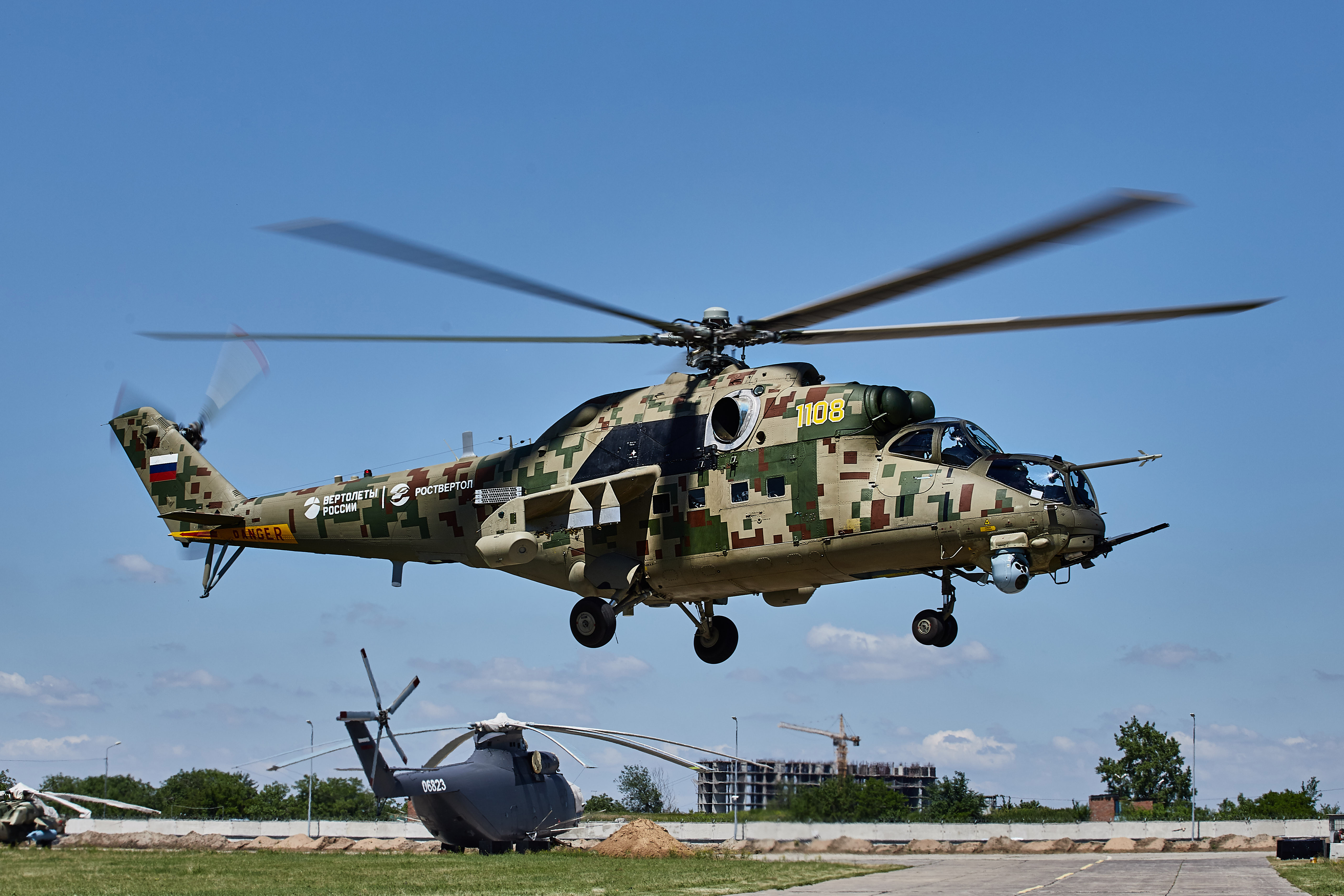The Best Guide To "10 Interesting Facts About Helicopters You Might Not Know"

The chopper has been a crucial component of transportation and army operations for over 80 years. However, as modern technology advances, so does the necessity for extra efficient and sustainable methods of transport. In this blog blog post, we are going to take a appearance at the future of chopper innovation and what we can assume in the years to happen.

One place that is viewing considerable progression in helicopter technology is power propulsion. Read More Here have been about for some opportunity, but they have been limited through their electric battery life and weight. However, current innovations in battery technology imply that electric helicopters are becoming progressively practical.
Electric choppers carry several advantages over their regular counterparts. They are quieter, produce zero discharges, and require a lot less routine maintenance due to less moving components. Additionally, they offer additional flexibility in phrases of flight time and selection.
An additional area where we may anticipate to find advancements in helicopter innovation is independent tour devices. While numerous may see this as a advanced concept, independent devices are already being utilized in some military procedures.
Self-governing air travel bodies could possibly transform the method we utilize choppers by reducing the necessity for human pilots on particular goals. This would not just decrease the danger to individual life but also increase efficiency through enabling for extra frequent tours without worrying concerning fly fatigue or limitations.
In addition, autonomous units could enable helicopters to soar into dangerous or hard-to-reach regions that may be as well risky for individual captains. This would have notable implications for search-and-rescue purposes and calamity alleviation initiatives.
Lastly, we can easily additionally expect to see remodelings in safety and security function on potential helicopters. One such growth is the use of innovative sensing units that may sense potential hazards before they come to be an issue.
For instance, helicopter suppliers are looking into methods to include wreck avoidance units into their plane using radar or lidar innovations. These sensing units would offer real-time information on neighboring hurdles and sharp flies if there is a possible accident danger.
Various other safety component being cultivated feature unexpected emergency landing units that permit helicopters to land carefully even if there is actually a technical breakdown. These units would use parachutes or other techniques to securely slow down the helicopter's declination.
In verdict, helicopter technology is consistently growing, and we can easily expect to view some interesting progressions in the years to happen. Electricity propulsion, self-governing air travel bodies, and improved protection attribute are merely a handful of of the places where we are very likely to view notable advancements.
While these innovations might take challenges in terms of execution and expense, their prospective perks in terms of effectiveness, safety and security, and ecological sustainability help make them worth pursuing. It will be intriguing to enjoy as these innovations proceed to progress and form the future of chopper transport.
